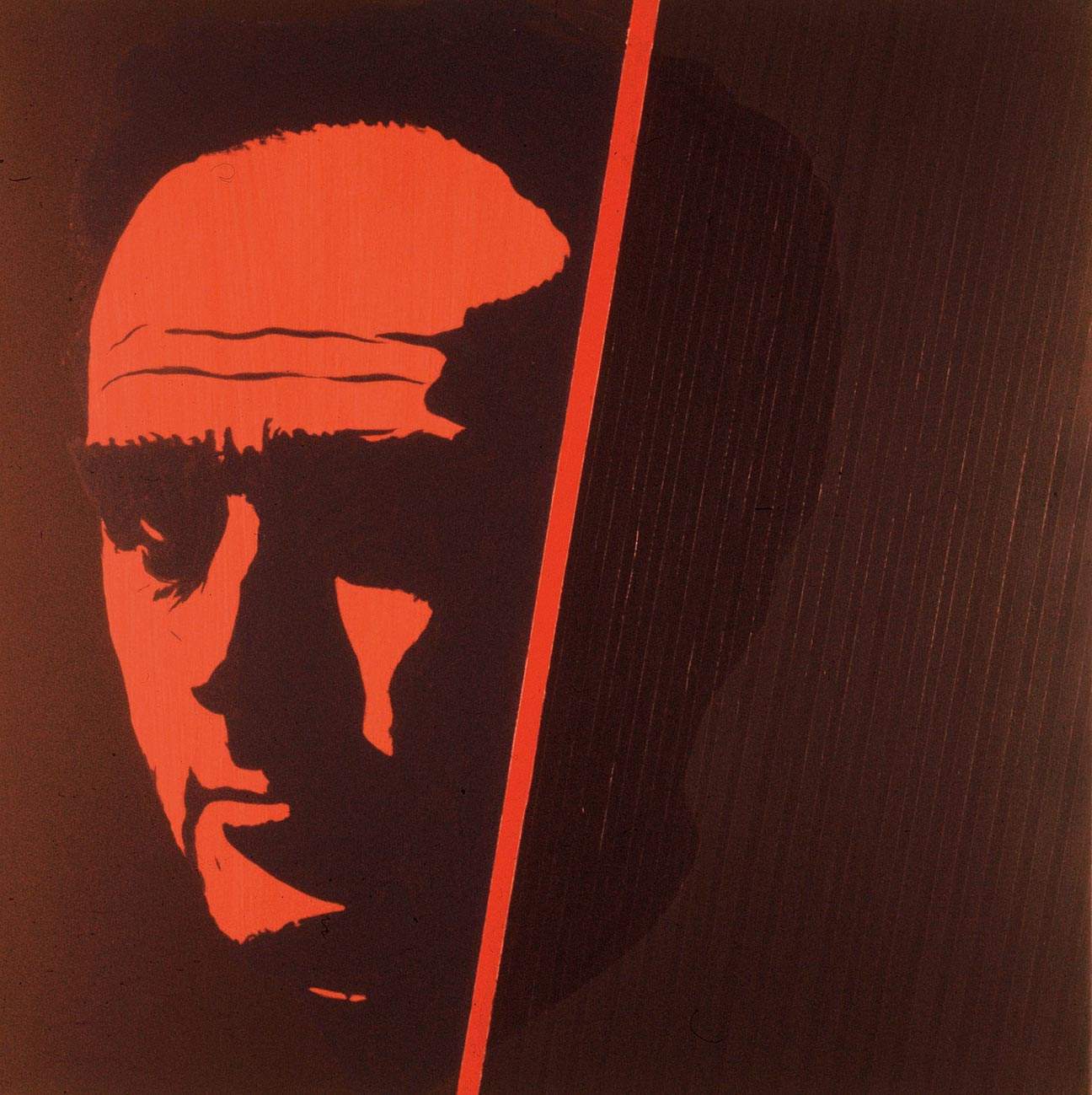From Oct. 8 to Nov. 6, 2020, the Centro Studi Didattica delle Arti in Bologna is hosting the exhibition Carlo Gajani (1929-2009), a retrospective on Carlo Gajani, curated by Renato Barilli (assisted by Piero Casadei and Luca Monaco for photography and Giuseppe Virelli for painting), organized to mark the tenth anniversary of the Bolognese artist’s death. The exhibition is sponsored by the Carlo Gajani Foundation chaired by Angela Zanotti Gajani and the Liceo artistico Francesco Arcangeli of Bologna.
The exhibition aims to retrace Gajani’s entire career through a vast selection of works covering a time span of more than 40 years divided into three main sections. The first and second are devoted respectively to engraving and painting and range from the 1960s to the 1970s, with a path that puts under the magnifying glass the artist’s transition from the first Informal phase to the properly Pop phase, concluding with a last period characterized by experimentation with a sort of “neo-divisionist” painting. The third and last part, on the other hand, is entirely dedicated to photography, Gajani’s second “artistic youth,” in which the artist proceeds with testing and essaying the different expressive possibilities of the photographic medium through the exploration of different themes, of the portrait and self-portrait, the nude and, finally, the landscape, the latter understood both as a place outside himself and as a space for a recapture of a more intimate and personal memory. The exhibition project is enriched by a video about the artist and the birth of the Foundation dedicated to him, made by the students of Liceo Arcangeli.
Carlo Gajani, born in Bazzano on January 11, 1929, after graduating in medicine in 1953, practiced the medical profession hand in hand with artistic activities and, at the end of the 1960s, instead became a full-time artist, with the support of important confirmations from critics such as Renato Barilli, Franco Russoli, Filiberto Menna and others, and encouraged by the appreciation of gallery owners such as Forni in Bologna and Toninelli in Milan. He was invited to participate in the XXXII Venice Biennale in 1964, then again in the XXVI in 1972, the same year in which he began teaching Artistic Anatomy at the Academy of Fine Arts, first in Urbino then in Bologna, until 1999. In the 1970s he turned his interest toward portraits painted from a photographic base and thus executed numerous portraits of artists, writers and intellectuals (from Moravia to Pasolini, from Calvino to Eco, from Arbasino to Ginzburg), recounted and commented on later in 1976 in the volume Ritratto, identità, maschera published with Nuovo Foglio. From the 1980s he devoted himself exclusively to photography, working on the urban landscapes of North America, exploration in Italy of the plains on this side and on the other side of the Po, and concentrating in his own studio and at the Academy on a twenty-year work on the nude and on the relationships established between photographer and model.
Gajani’s works have been exhibited in various public and private spaces in Italy, France, the United Kingdom, Germany, the United States and Canada. At the end of his long artistic career, Gajani returned to the Tuscan-Emilian Apennines, in search of old dwellings, fields and skies, this time in black and white. There he passed away in 2009. The exhibition will then be accompanied by two meetings-conferences entirely dedicated to the figure of Gajani in relation to the space and time he lived. More information can be found on the Gajani Foundation website.
 |
| A major retrospective on Carlo Gajani in Bologna on the tenth anniversary of his death |
Warning: the translation into English of the original Italian article was created using automatic tools. We undertake to review all articles, but we do not guarantee the total absence of inaccuracies in the translation due to the program. You can find the original by clicking on the ITA button. If you find any mistake,please contact us.